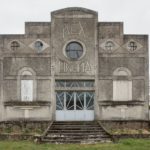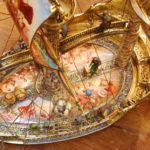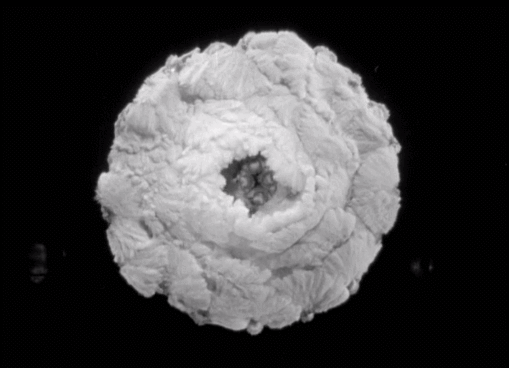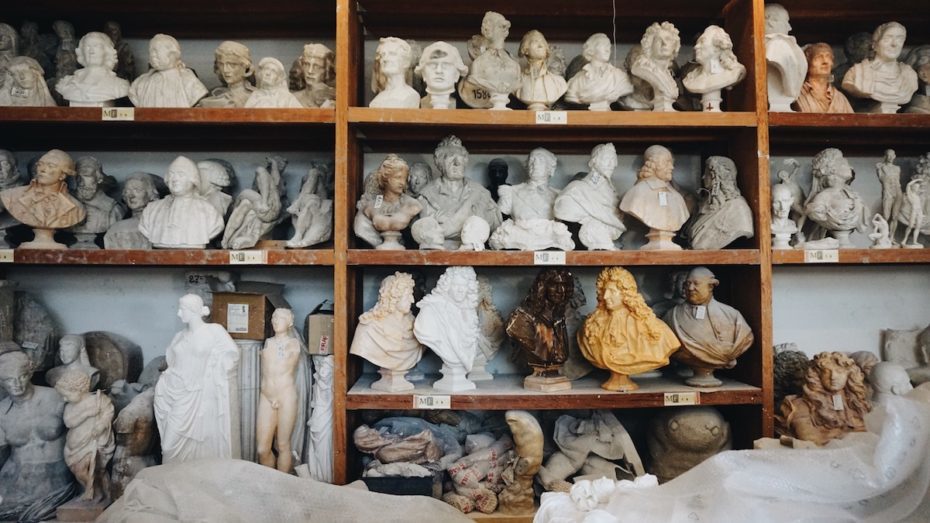
If there’s one thing we love, it’s sticking our nose where it doesn’t belong. Or at least, where others seldom dare to tread. Our jewel box of a planet is overflowing with secrets, stories, and forgotten treasures, and we like to try and keep a finger on the pulse of the best archives, vaults, and oddball collections protecting them. Whether we’re armchair traveling or on-the-ground investigating, we’ve found a juicy little spectrum for your consideration today. They’re addresses that will invite you into worlds Parisian glamour, and bygone Hollywood bling; archives for cinema lovers, scent aficionados, and those craving secrets that may run a shade darker. Throw on your gloves, darlin, ’cause it’s time to dive in…
The Kansas Salt Mine holding Lost Footage from Kubrick’s “2001: A Space Odyssey”
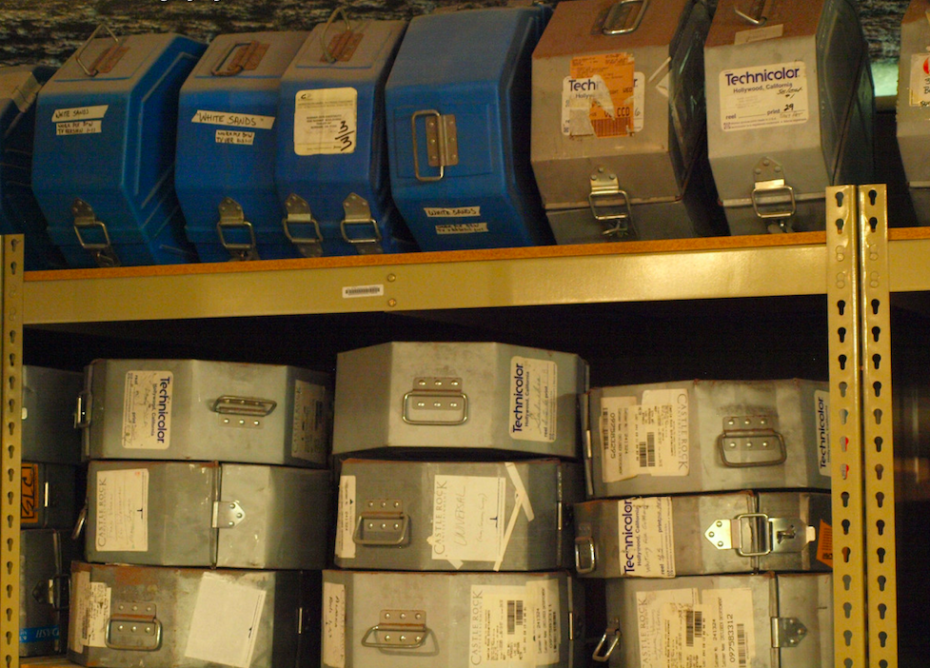
And that’s not all. The 17 unseen minutes of Director Stanley Kubrick’s 2001: A Space Odyssey are just some of the many Hollywood secrets guarded in the darkness of a 650-ft-deep, subterranean salt mine in good ‘ole Kansas, USA. Aside from protecting Movieland magic, the mysterious vault also houses archives and crucial documents from the world’s most powerful companies, private citizens, and even a few governments.
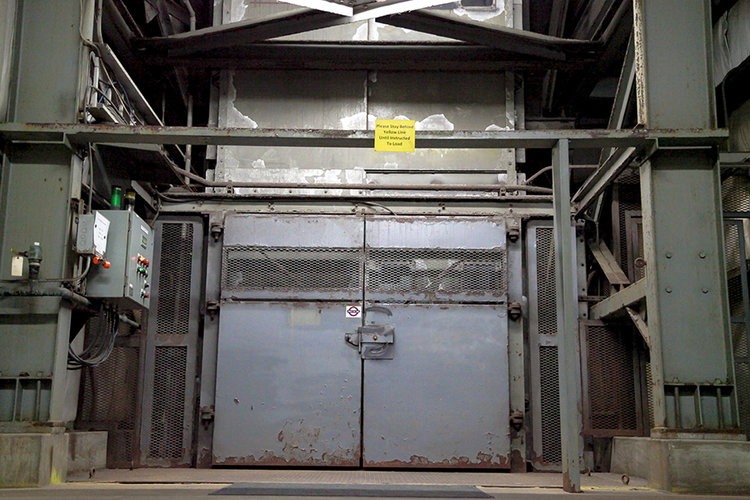
The uniquely cool, dry environment of the local salt mines proved ideal for preserving a variety of fragile archives (58 floors below ground, to be specific). “Our film vaults are void of anything that challenges asset protection at surface level, “explains Underground Vaults & Storage, a company that rents out its space “including seismic activity, fires and intrusion.” The salt formation walls are 400 ft thick, and in addition, they say that their “limestone mine facilities in Kansas City and Louisville offer refrigerated storage, dock access, and closer proximity to metropolitan areas.”
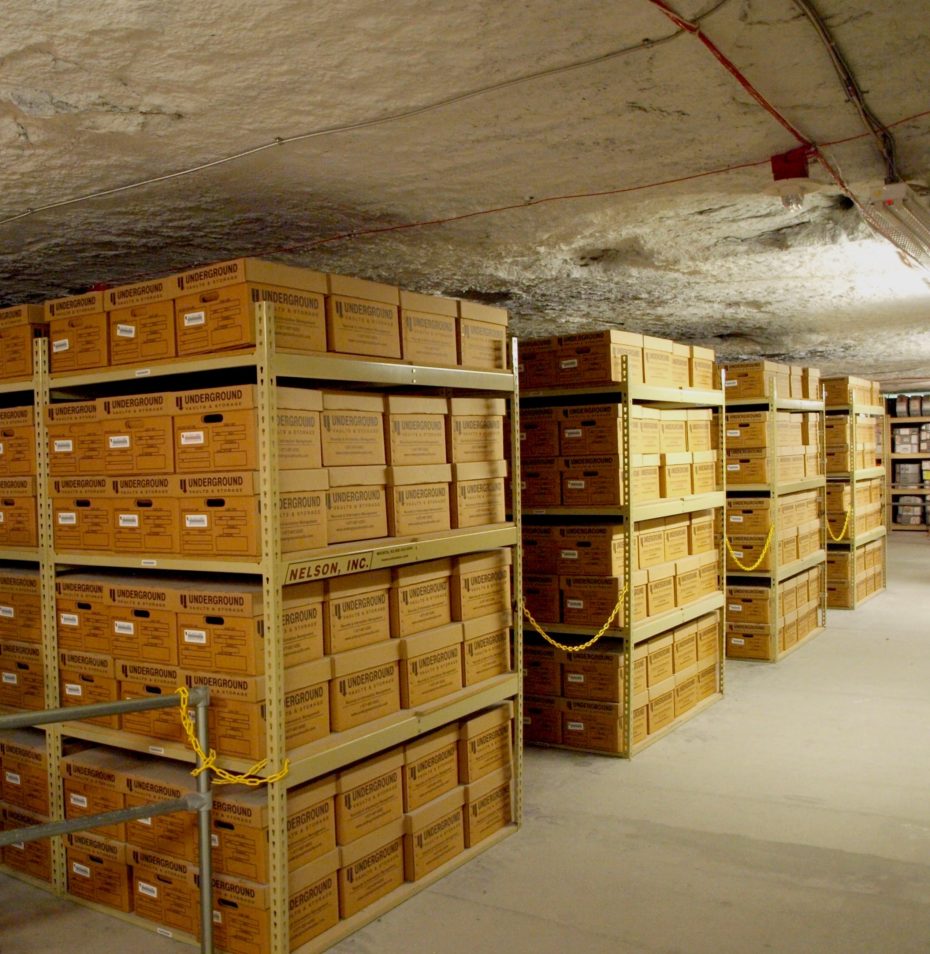
Also of interest? The website’s specification that “all three locations are within one hour of a major airport, facilitating immediate retrievals” for clients. ‘Cause if and when these materials will be needed again – well, that need could be rather dire. In the Cold War years, the US reserved an apartment in the the 26-acre facility. Today, particularly given the mounting fears of climate change catastrophe, the mine has become a stronghold for information that would prove vital to rebuilding various companies and even governments. That, and some really cool OG film reels.
Learn more about Underground Vaults & Storage, as well as its adjacent museum, Strataca.
The New York Public Library’s Collection of Weird Objects
The NYPL has many archives to discover, from maps and WWII paraphernalia. Our Don’t be a Tourist in New York has a list of things to investigate and seek out at the iconic library.
All of Old Hollywood’s Costume Jewellery
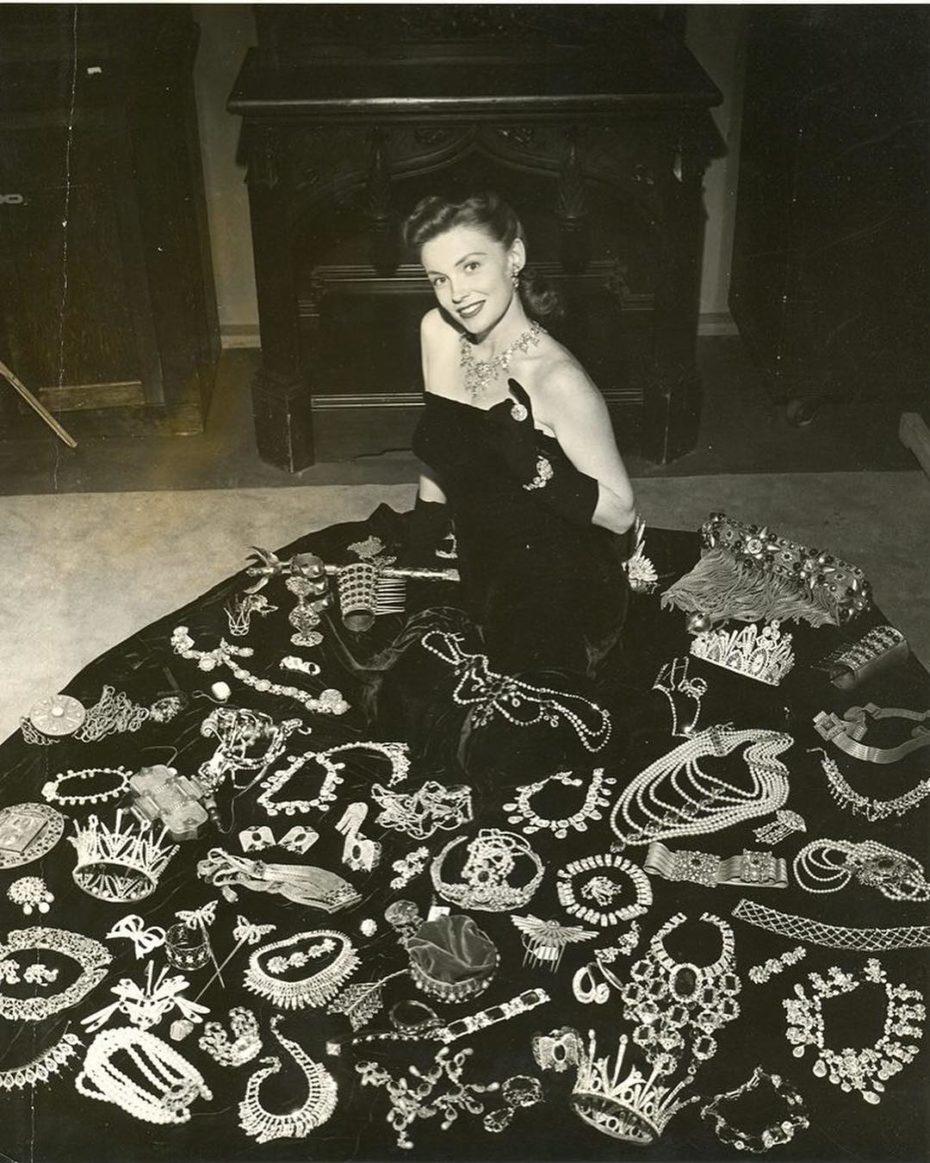
You know that moment when you watch Roman Holiday, Cleopatra, Gone with the Wind, and pretty much every other Old Hollywood movie, only to think, Hot damn! Where are those treasures today? Well, hiding in an unassuming building in Burbank, California…
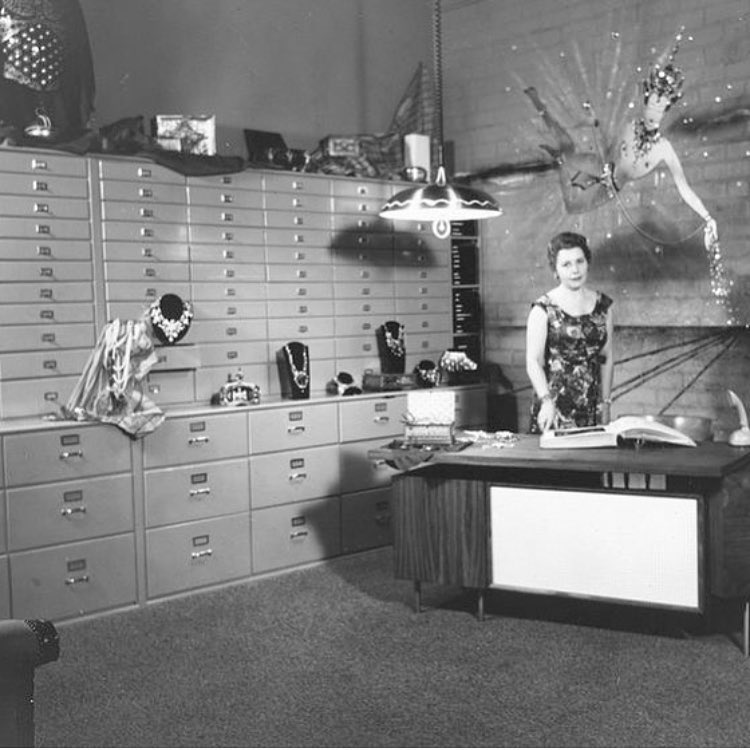
“Joseff of Hollywood” was the premiere jewellery designer film studios in the 1920s-40s, and created some of the industry’s most memorable pieces. It was founded by Mr. Eugene Joseff, a Midwestern advertising man who split for the West with dreams of something sparklier. A chance encounter with a renowned costume designer, Walter Plunkett, led to the creation of a costume jewellery company specifically suited to the stars.
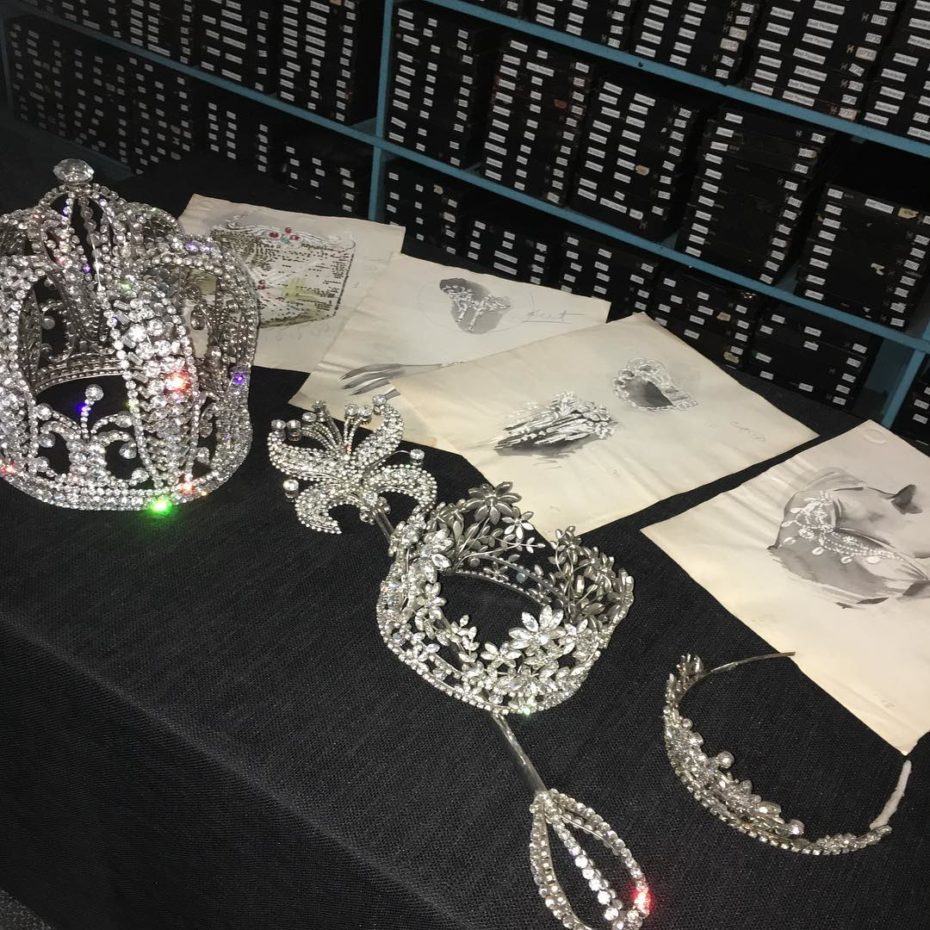
With prior experience at a foundry and hobby for jewellery making in his garage, Joseff was able to come up with over-the-top, glare-free pieces that seduced the studios. “He developed a matte metal finish, which minimized the glare from the strong studio lights,” explains Joseff’s site today, “He also amassed a reference library to aid him in the creation of pieces for historic films. He used this reference library to make himself into an invaluable resource to the costume designers of Old Hollywood, allowing them to pore over his tomes for their film projects.” The entire place is basically untouched today, and still in the family:
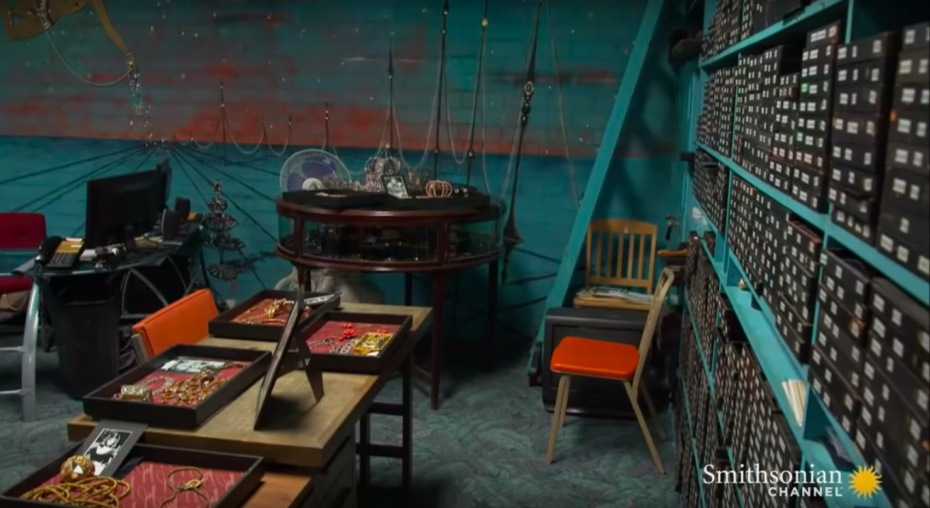
Now, for some name dropping: Joseff’s made pieces for Rita Hayworth, Ava Gardner, and Marilyn Monroe (for Some Like It Hot). Joan Crawford, Bette Davis, and Clark Gable (a custom cigar case) were all outfitted in Joseff’s finery, as was the queen of bling, Elizabeth Taylor. Pretty much every star was dressed in their creations.
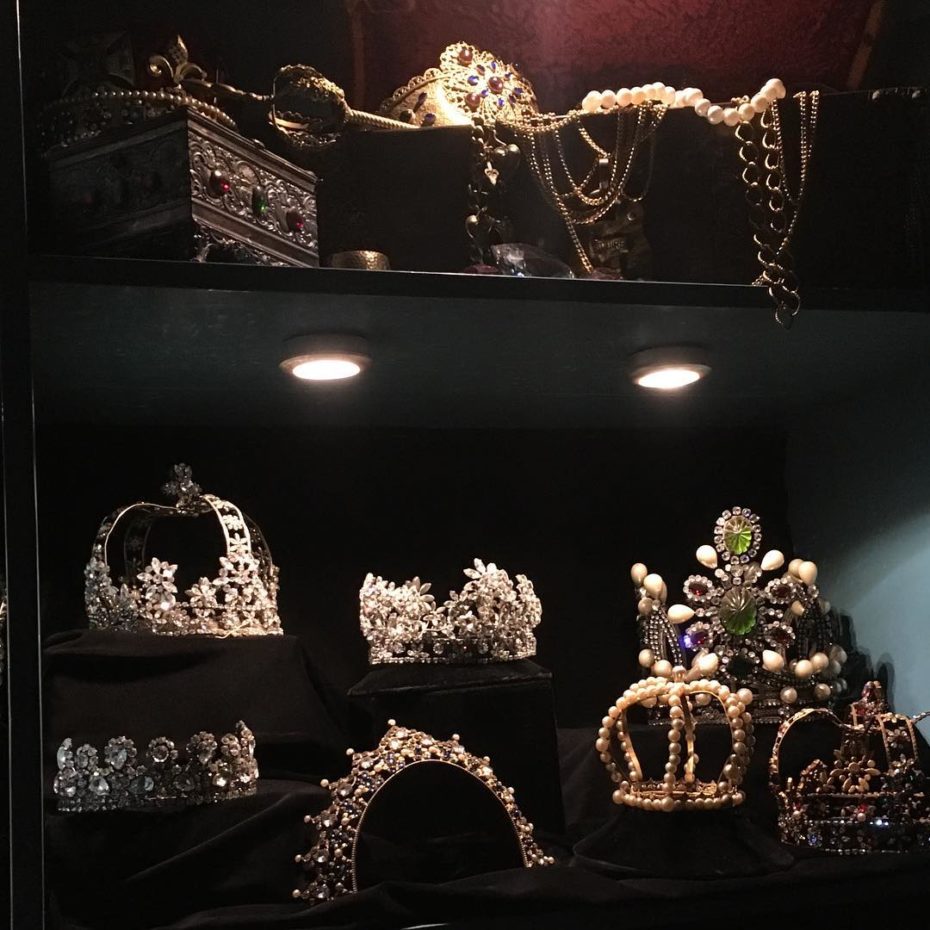
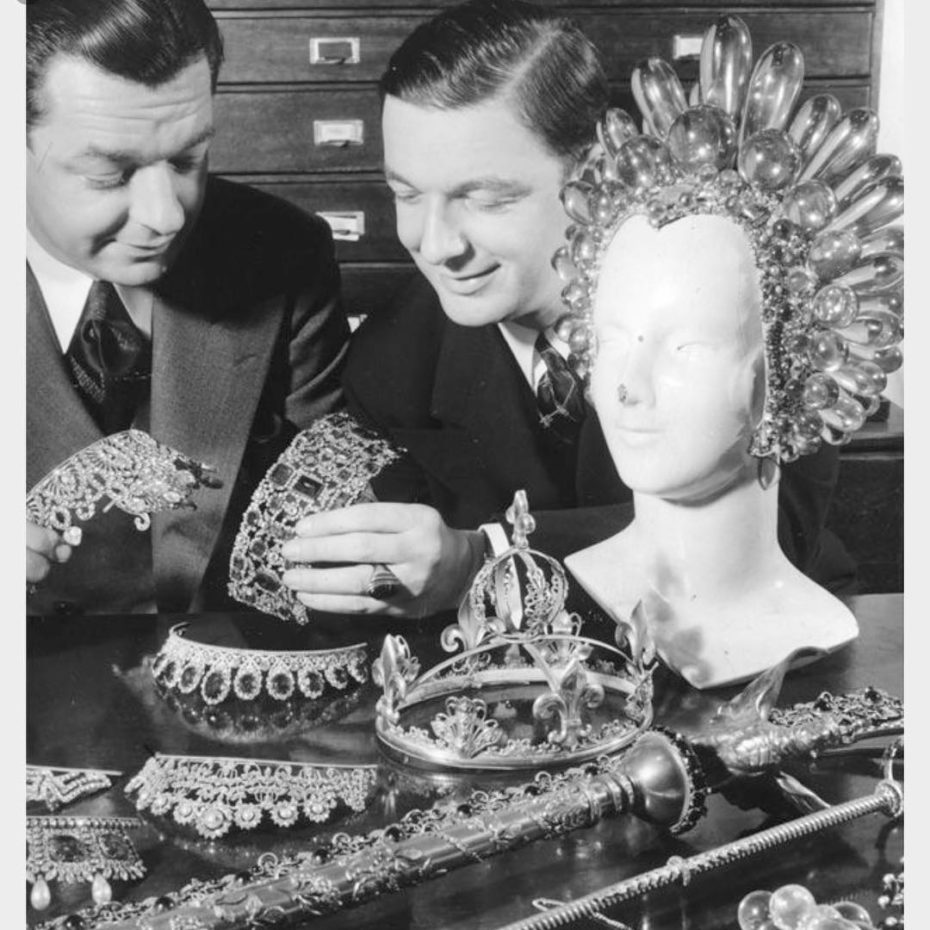
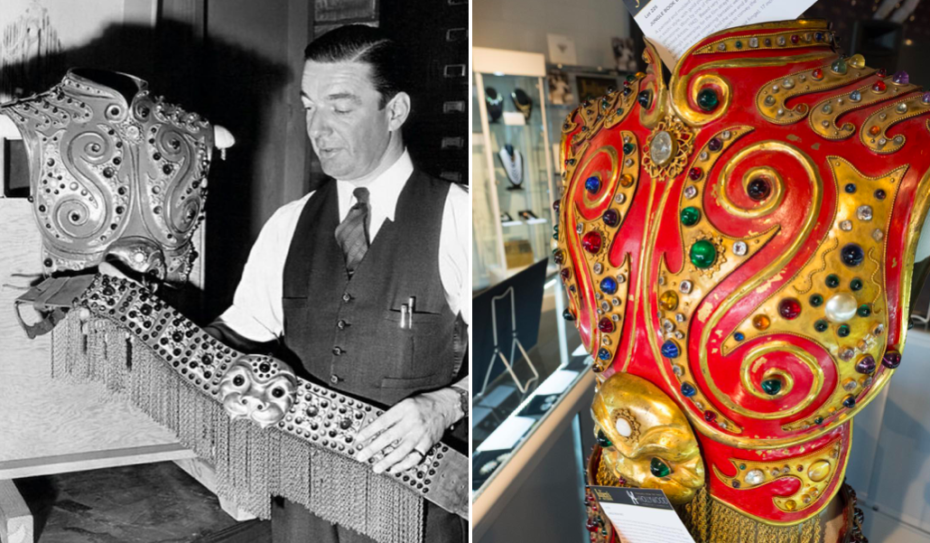
“When people hear that our reference library includes vintage Harper’s Bazaar,” reads one of Joseff’s Instagram posts, “they usually think we’re talking about magazines. We’re actually talking about these leather bound fashion volumes from the 1870s!” It looks like getting a glimpse at the collection will take a special request – but hey, if you asking nicely enough who knows!
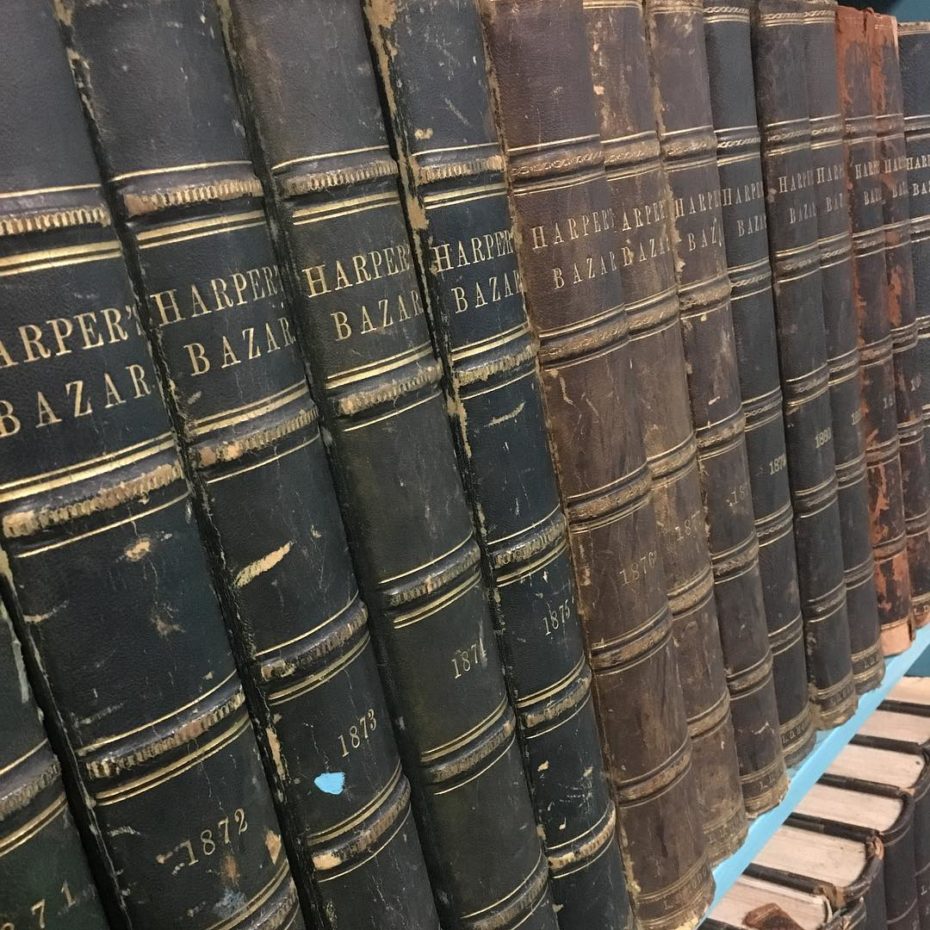
In the meantime, rejoice in the fact that Joseff of Hollywood frequently auctions of its famous pieces, and sells more affordable, vintage dead-stock online. “Joseff realized the lucrative potential of a retail line,” says their site, so he began to sell replicas of his work in “high-end department stores.” Clever man.
Learn more about Joseff of Hollywood on their website.
The Vintage Archives of a Woman who Spent her Life Hunting for Lost Wallpaper
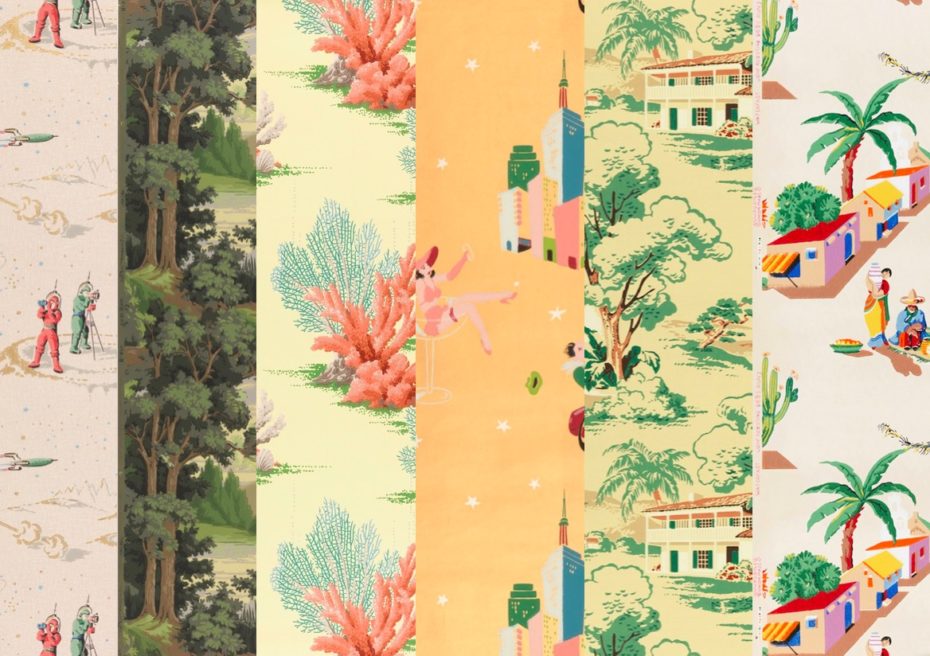
Suzanne Lipschutz got there before everyone else. She was the first, the original crazy bohemian lady from New York who scoured the earth, from Paris flea market stalls to hardware stores in small town middle America, in search of forgotten wall coverings that nobody else wanted.
Over her 50 year career, she’s sniffed out upwards of 50,000 rolls of rare and antique paper.
After 45 years, Suzanne closed her retail store, but all her vintage wallpapers are still for sale are available to view online. You can also make an appointment to look at the sample books at her New York apartment.
Find out more here.
The Aftel Archive of Curious Scents
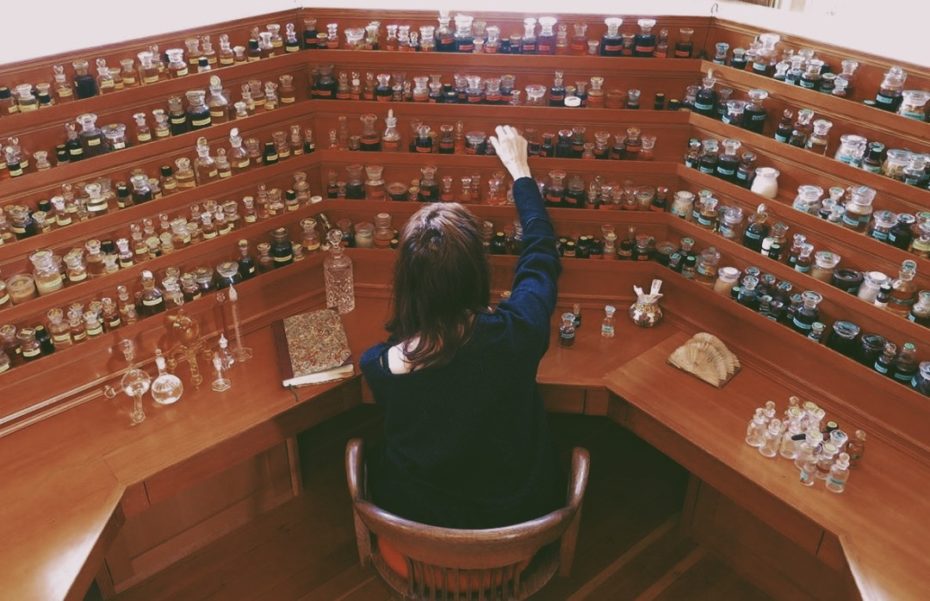
Take scratch-n-niff to a whole new level at “the Aftel Archive of Curious Scents” in Berkeley, California. The only museum of its kind in the U.S., “Aftel” boasts a living archive of over 300 natural essences, derived from your favourite flowers, trees, and grasses; resins, roots, and more.
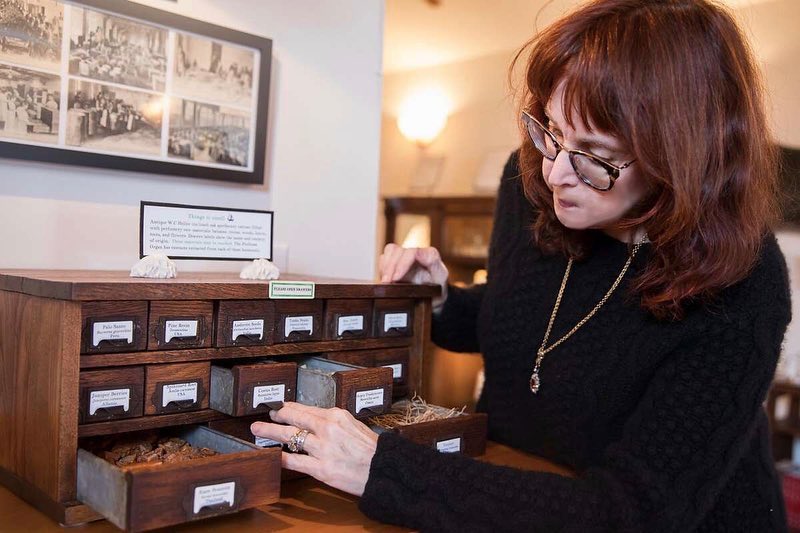
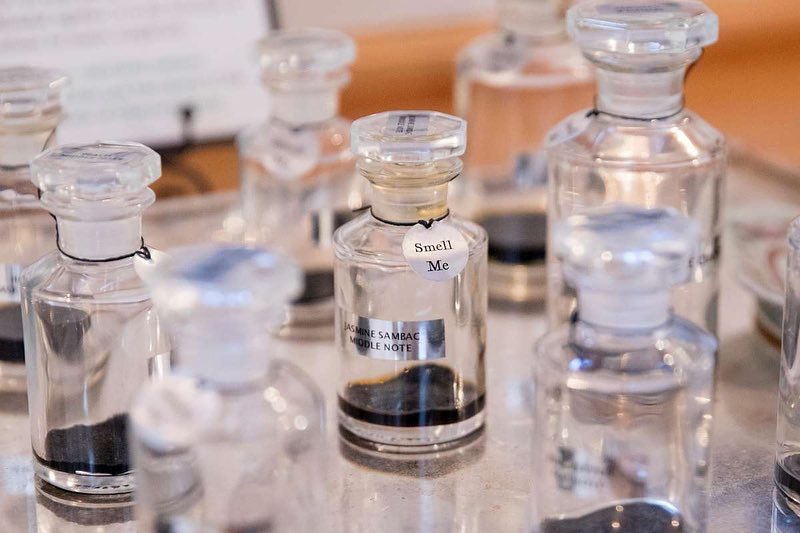
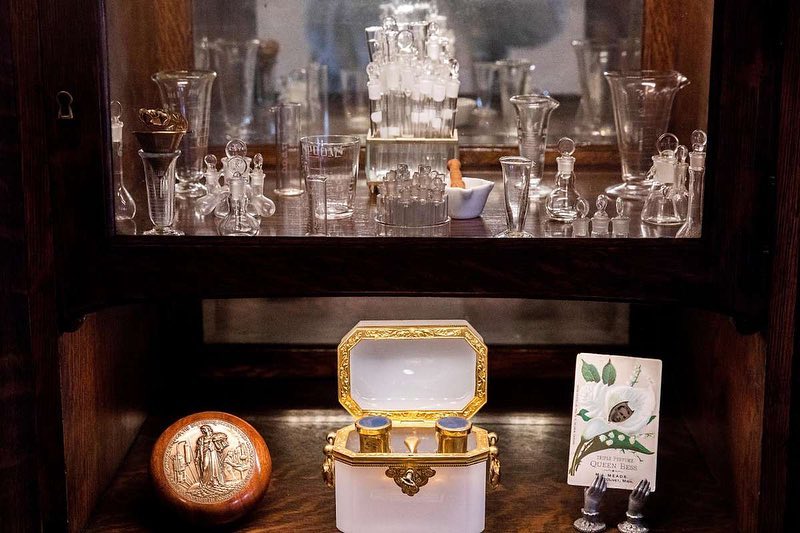
“They are all part of the extraordinary lineage of scent,” explains the owner, “that reaches back to the beginnings of human culture and is entwined with the earliest history of medicine, cuisine, adornment, and worship. The books, engravings, essences, and raw materials I have collected are an endless source of beauty and fascination.” The best part? They frequently host workshops, and allow visitors to take three scent samples home.
Learn more about visiting on their website
The Archives of America’s First Planetarium
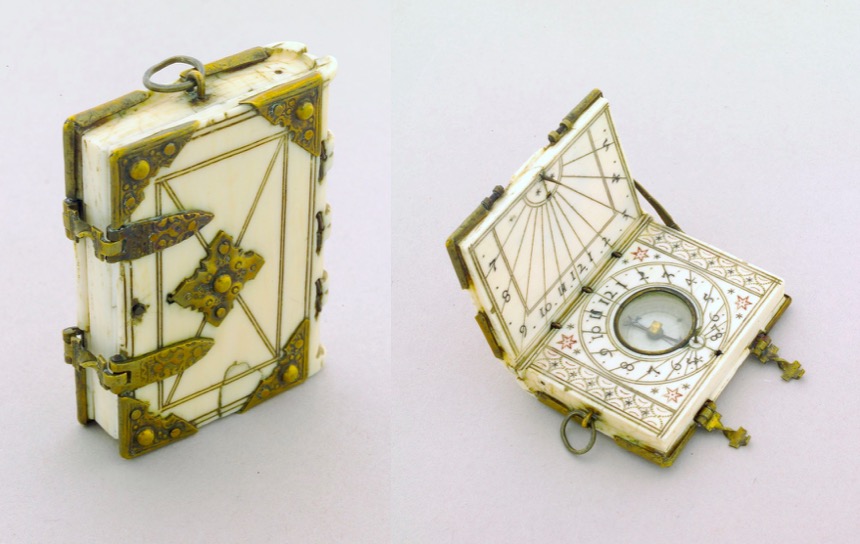
Today while the planetarium inspires exploration and understand of the universe upstairs, down below, they’re also hiding an incredible archive of the museum’s curiosities that aren’t on display, from miniature sun dials to rare telescopes to pocket globes…
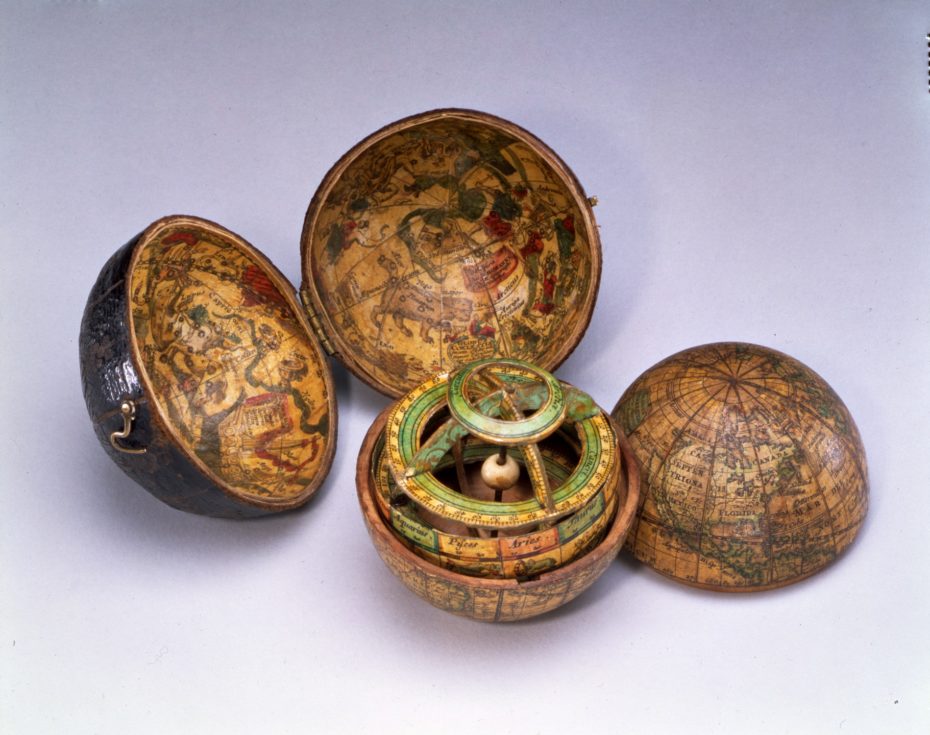
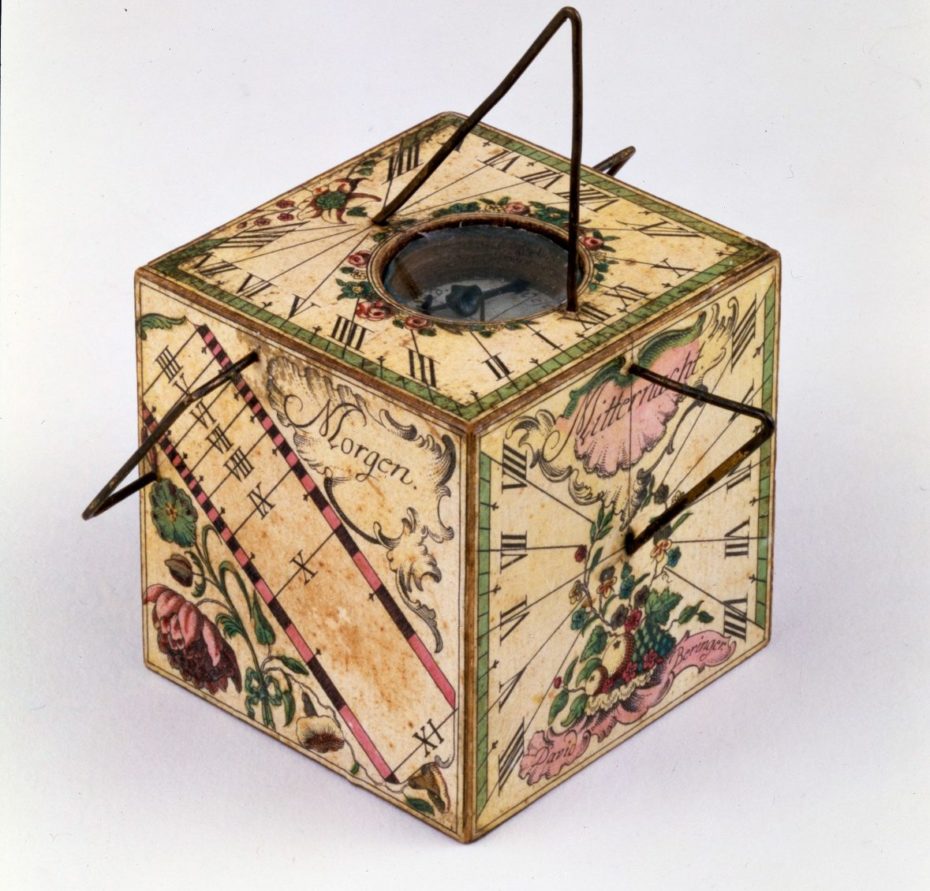
The Webster Institute for the History of Astronomy cares for Adler’s collections, and occasionally has ‘explorer days’ when they let the public come and poke around their cabinets.
Find out more about visiting the Planetarium here.
The US Museum of Natural History’s Secret Collections
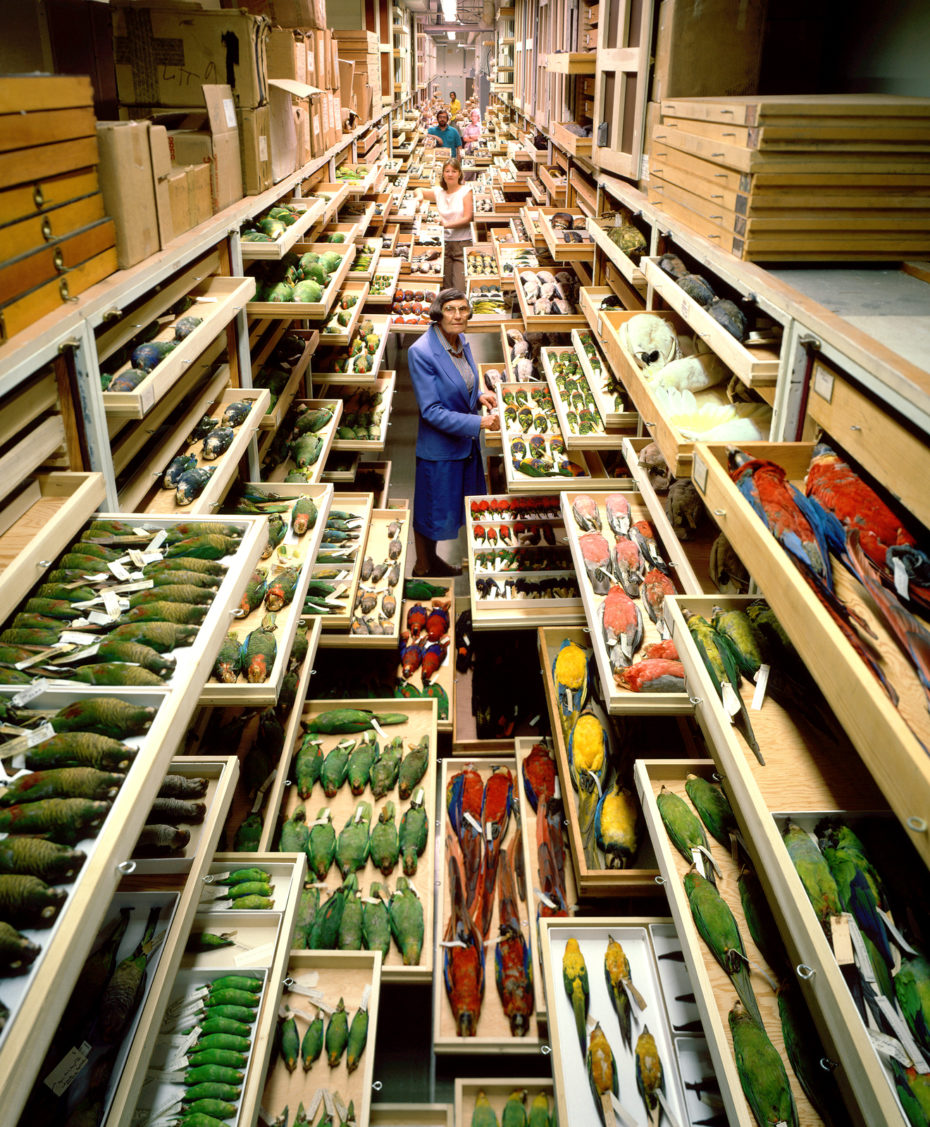
If I had the choice, I would always choose to visit a museum inside out– that is, take a backstage tour of what they don’t display, which in most cases, is much larger than what is actually on display – which is precisely the case with the Smithsonian Institution’s National Museum of Natural History (NMNH). And we’re not talking about 2 to 3 times larger here, we’re talking about secret collections that are 99. 9% larger, sleeping behind the museum walls…
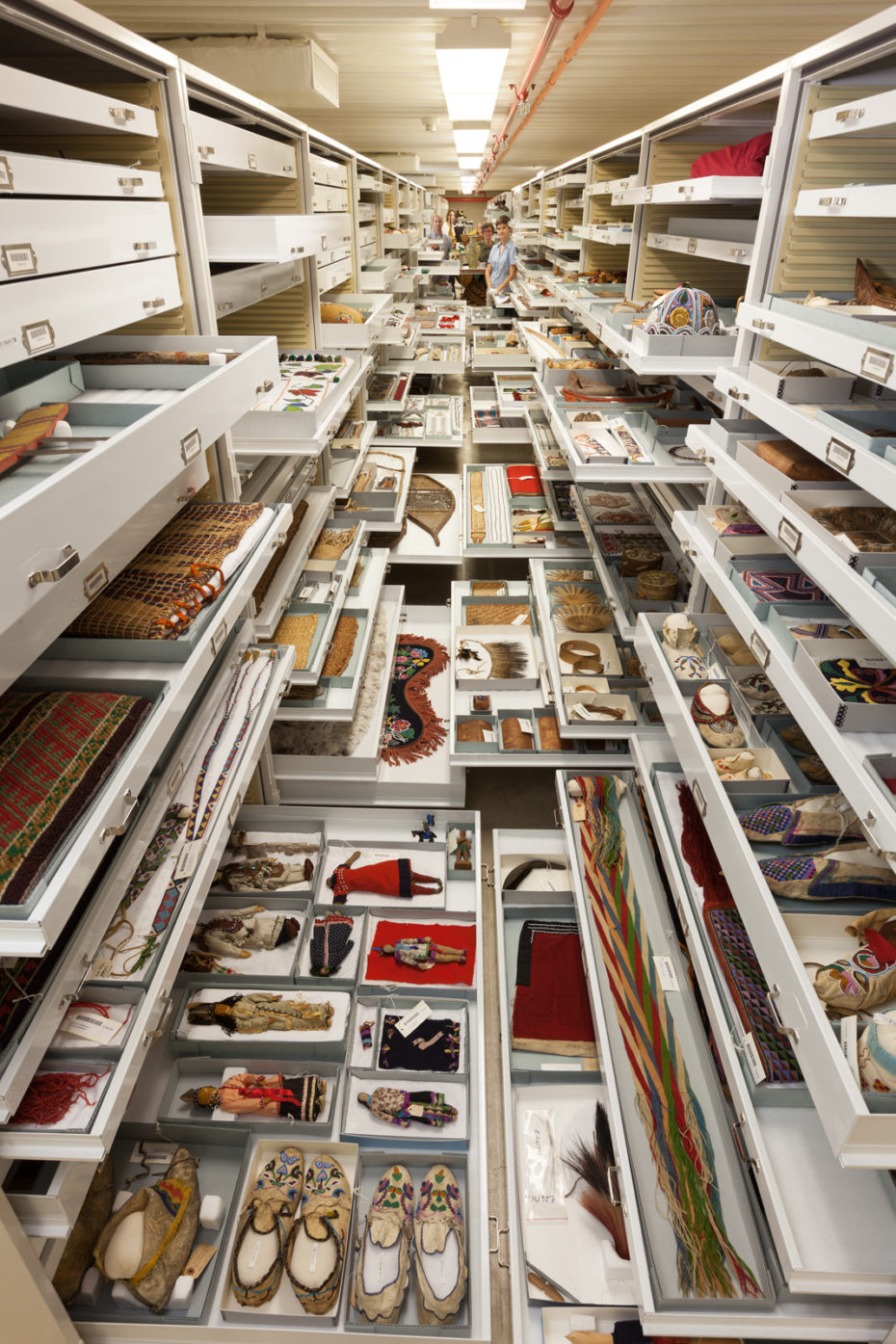
Granted, getting in to see these archives is definitely one of those “I know a someone on the inside…” kinda of situations, but you can request special access. Luckily for us taxidermy laity, the NMNH has released extensive photos of the jaw-dropping collections. Find them here.
Thousands of Vintage restaurant menus dating as far back as 1851
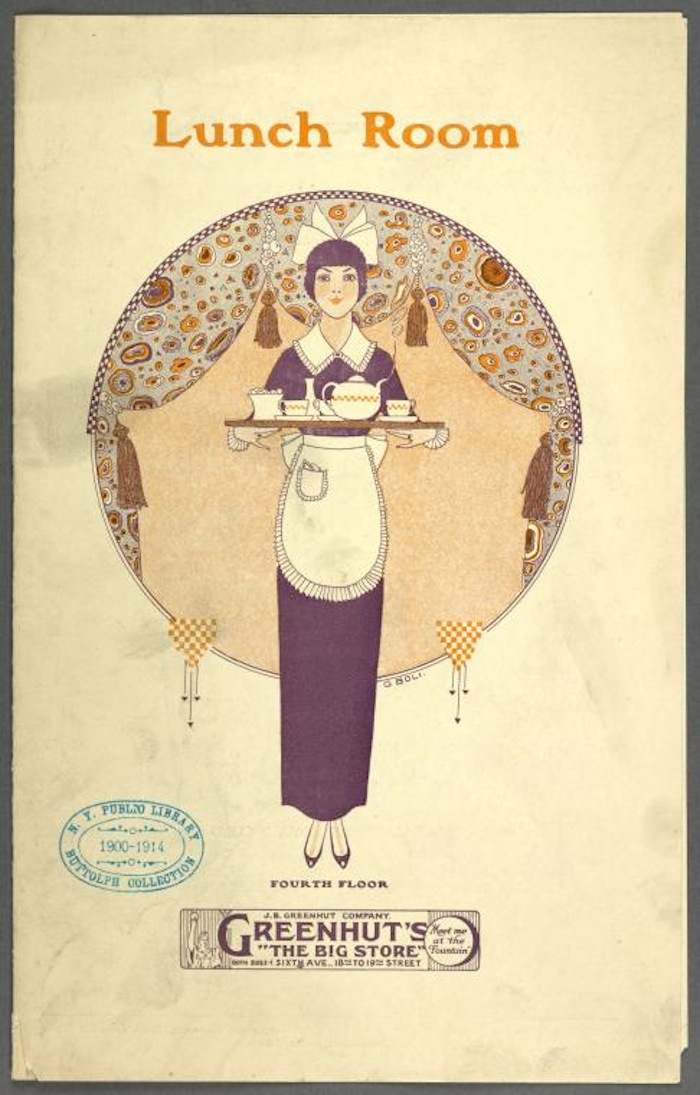
More than 25,000 menus were collected by a “somewhat mysterious and passionate figure, whose mission in life was to collect menus.” In 1899, Miss Frank E. Buttolph (1850-1924) donated her collection to the library, requesting that they continue collecting after her death on her behalf.
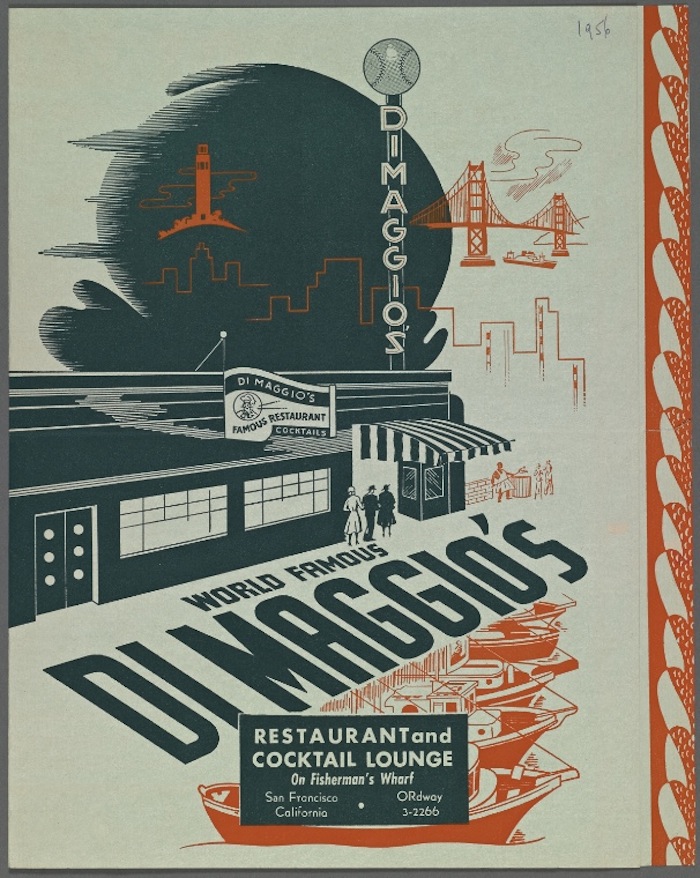
Take a look at the mind-boggling collection stored on the NYPL Digital archives.
Brooklyn’s Revolutionary Archive
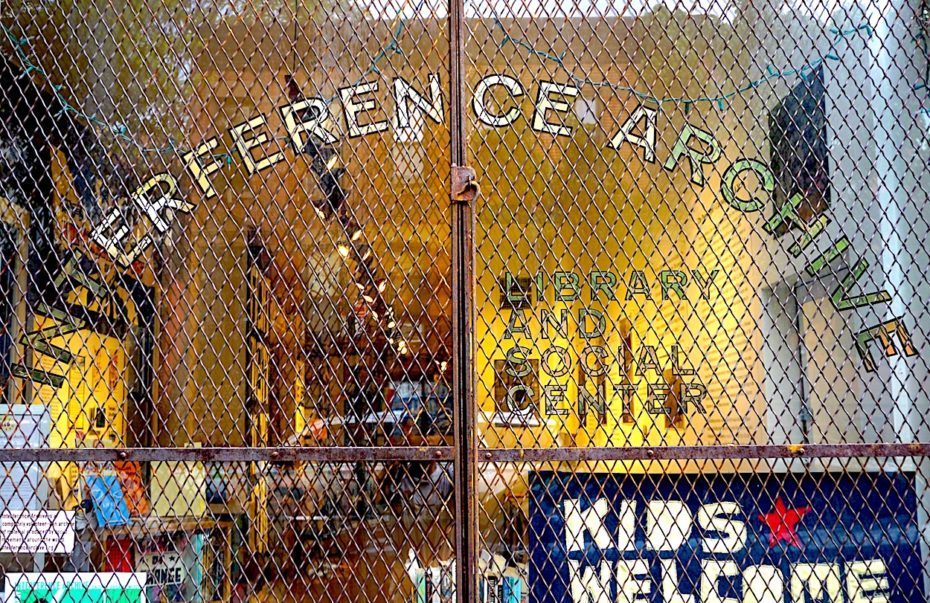
On a quiet street in Brooklyn, lies a very peculiar treasure chest. It safeguards the boots of Mexican revolutionaries, and the sound bites of rebels; it collects buttons, posters, and anything upon which one could scrawl a grassroots manifesto. It’s New York City’s “Interference Archive,” and it’s the volunteer-based library, gallery, and archive for tools of revolution past, and present…
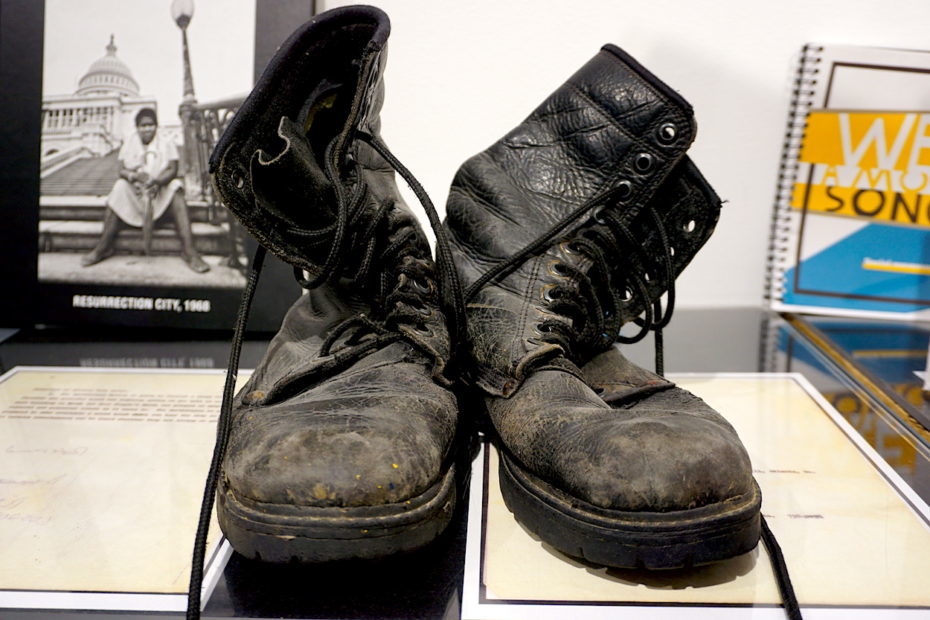
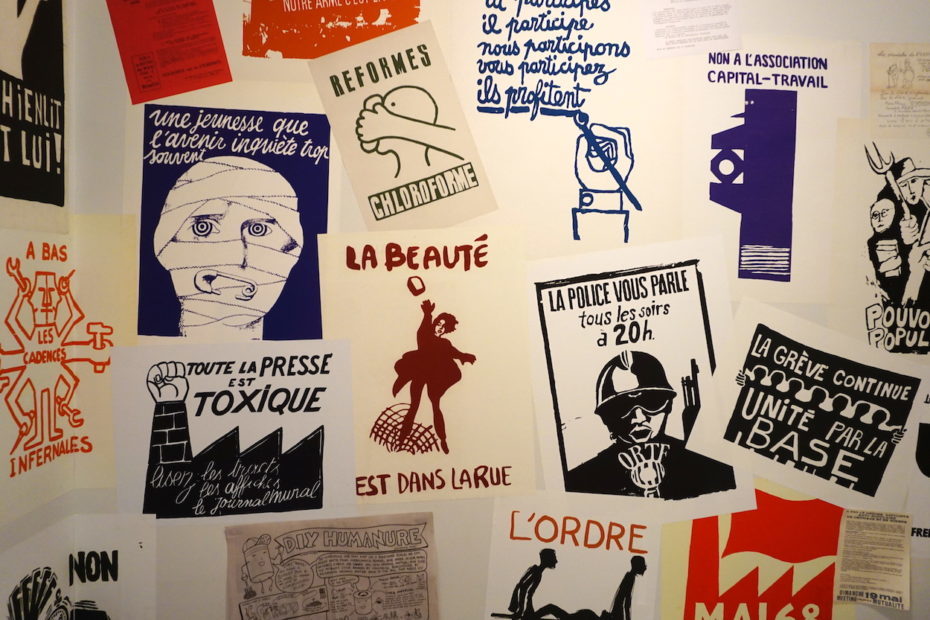
“These are the things that get thrown away,” volunteer Jen Hoyer told Messy Nessy when we dropped in for a visit. “I mean, sometimes museums just won’t know what to do with them – how do you archive a t-shirt from a protest?” What’s more, how do you make sure that t-shirt’s message won’t be forgotten in a musty storage unit? That’s where Interference swoops in like a veritable Robin Hood: unlike most institutions, everything here is 100% accessible to the public. It’s Brooklyn’s revolutionary social club.
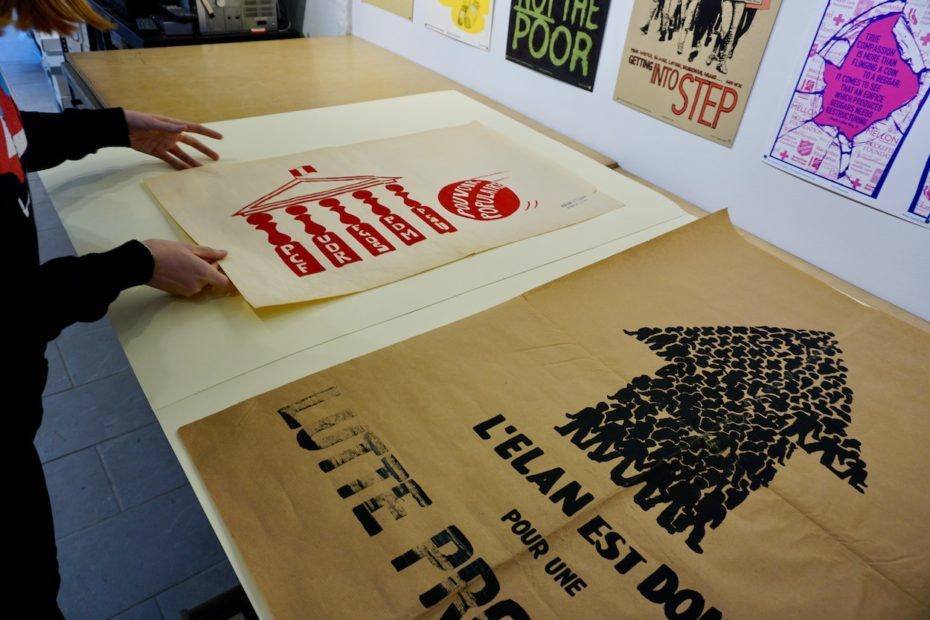
Read more about our full tour here, and visit them in Brooklyn at 314 7th St, Brooklyn, NY 11215 (don’t miss their stunning collection of France’s 1968 student protest posters).
The Secret Workshop & Moulds of the Louvre
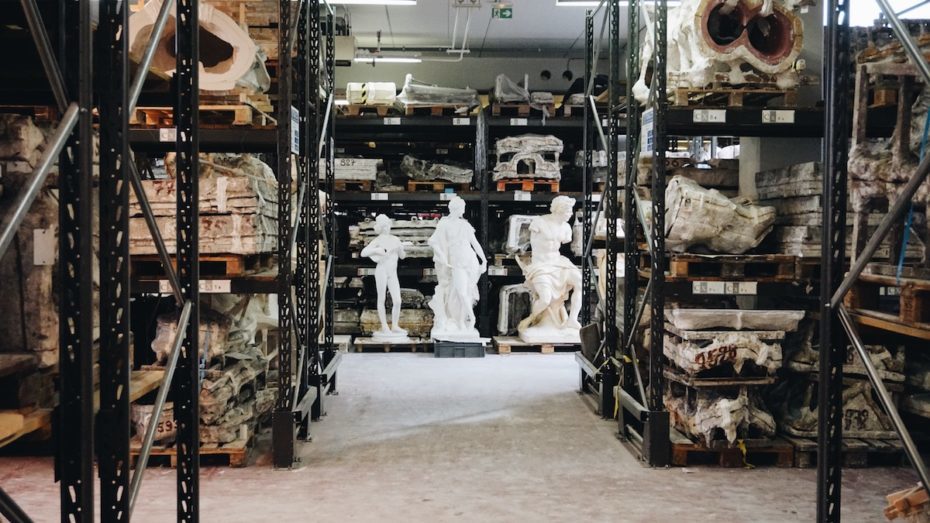
In a vast warehouse at the edge of Paris, artisans are working around the clock on a clandestine operation entrusted to them by the Louvre: recreating France’s most iconic sculptures and prints for mysterious clients the world over. And unbeknownst to most of Paris, its doors are open to anyone curious enough to come knocking. This is “the Louvre’s Sculpture Casting Atelier,” or L’Atelier de moulage de la Réunion des musées nationaux – Grand Palais. If ever something were to happen to the grand sculptures, maps or prints in France and the world over, this place would be one of our only hopes for restoration.
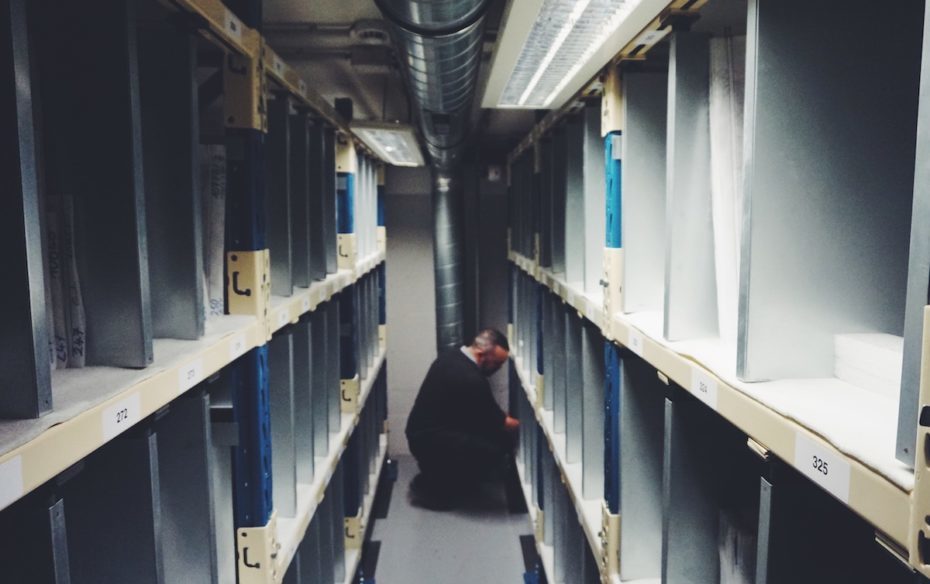
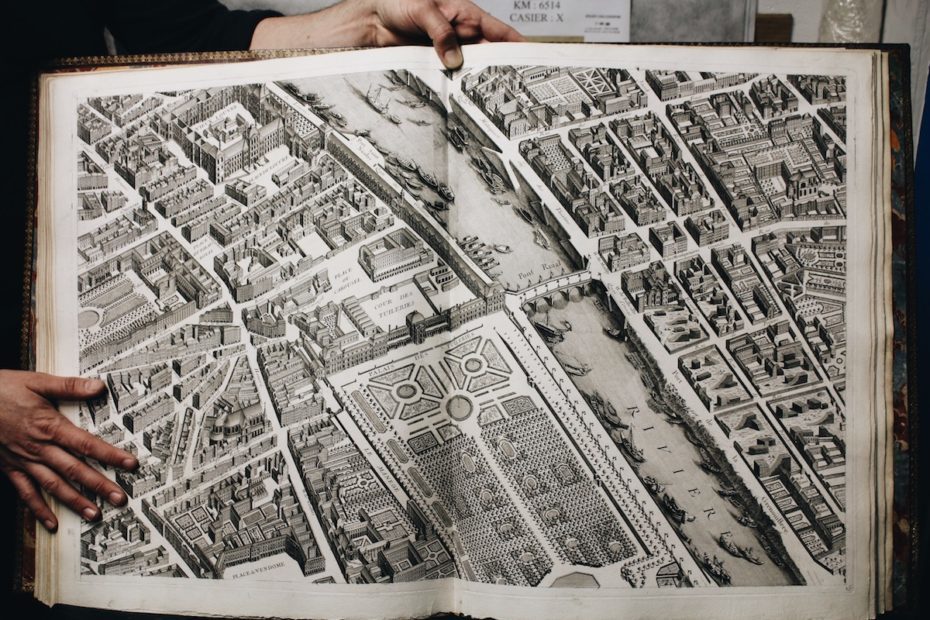
It began two centuries ago in the belly of the Louvre itself. Today, the team’s works from their Saint-Denis headquarters, a supposed “No Go zone” of Paris, to better accommodate the size of the ever-growing collection. “It’s true that the two world wars, and especially the first, were huge blows to French Patrimony,” their team member Thomas Lefeuvre told us in 2018.
He gave the example of “The Smiling Angel” of the city of Reims, who was nearly lost to the bombardments of WWI. “The face of that angel was, and remains, one of the greatest symbols of gothic art. And of France, really,” he said, “The only way we could piece her back together was with help from our moulds.”
Learn more about the Atelier de moulage de la Réunion des musées nationaux – Grand Palais here.
A Secret Archive in Queens, NY that Saved Tiffany Lamps from Extinction
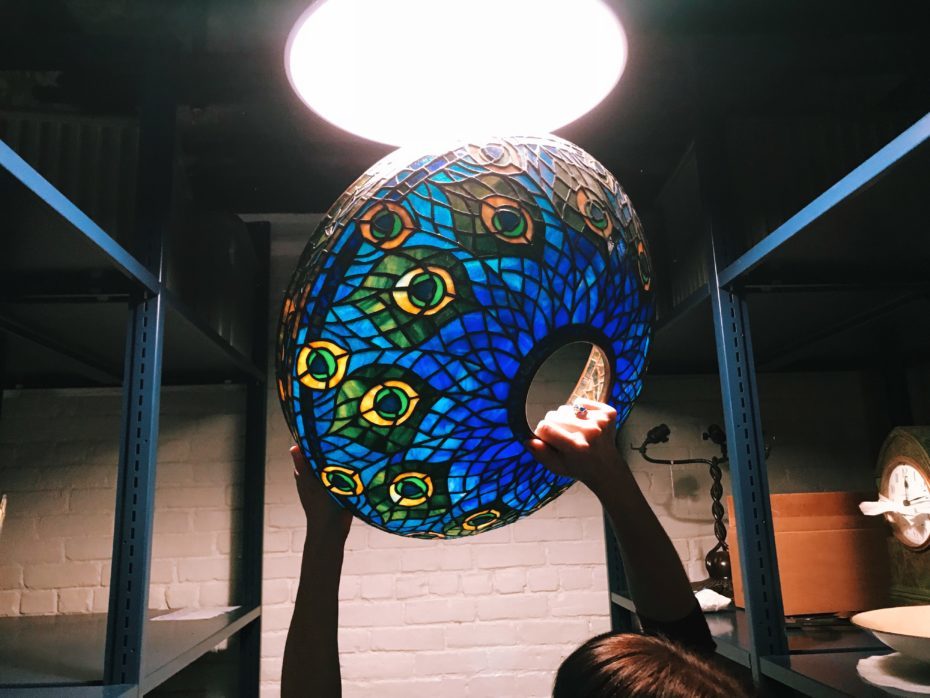
Whose job is it to safeguard one of the most hated designs in decorative history? In the case of the Tiffany lamp, it fell to a New York City orthodontist and immigrant from Austria who happened to be furniture shopping in Greenwich Village in 1935 when his wife spotted a “strange, old-fashioned lamp”. Dr. Egon Neustadt and his wife Hildegard didn’t know it then, but by acquiring that first lamp, they were about to build the world’s largest collection of Tiffany glass, which would become the only archive and existing association dedicated to the preservation, study and revival an under-appreciated all-American treasure. We sought out that archive, located on a quiet old industrial block in Queens, at a place called “The Neudstadt Collection.”
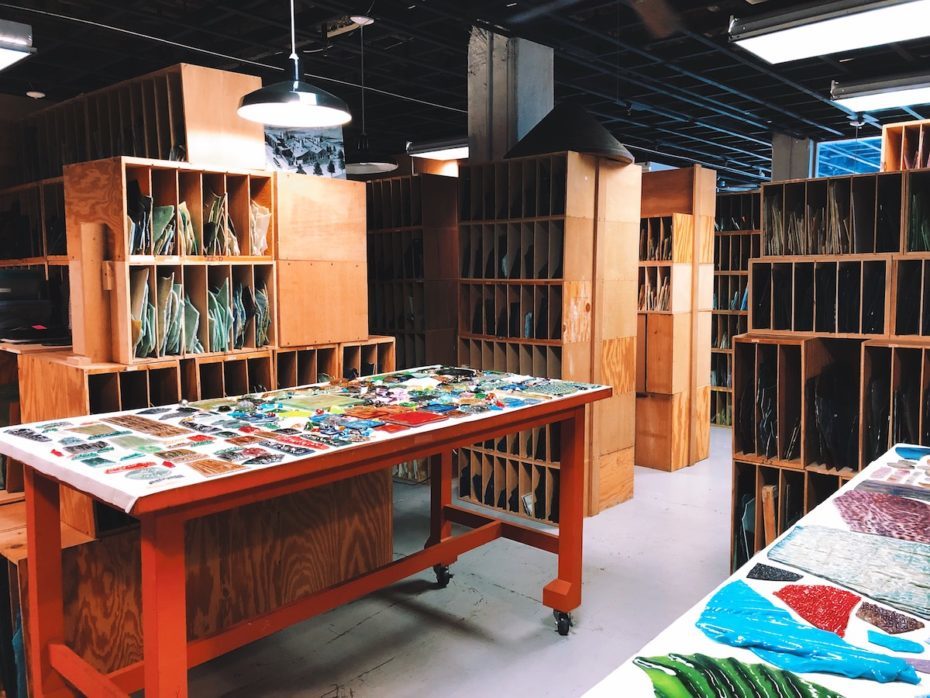
I think I expected the Neudstadt Collection to be cared for by an eccentric bohemian antiques roadshow type, but curator Lindsy R. Parrott is more like a cross between a high-powered Manhattan art gallerist and a passionate archeologist. She’s glamorous, kind, patient and incredibly knowledgable, not just about Tiffany glass, but history in general. As one of the two guardians of the Neudstadt Collection, Lindsy leads the monthly visits to this little-known archive, which has recently been opened its doors to the public this winter.
Plan your visit here.
The Met Museum’s Shoe Fetish
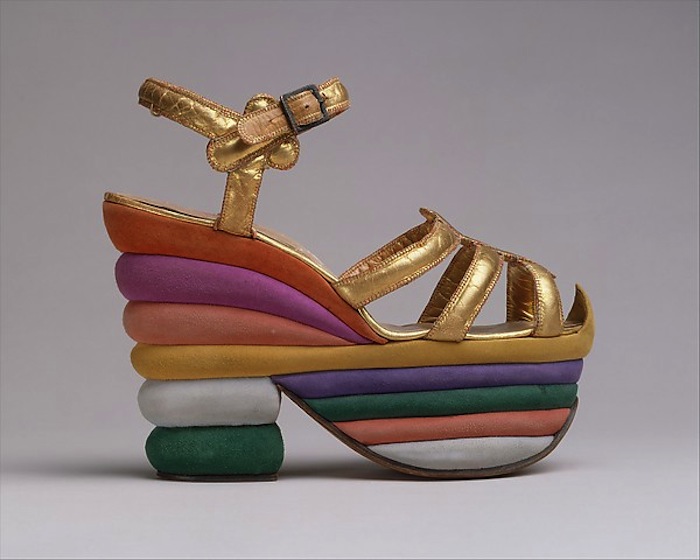
If you think you or a girlfriend have an out of control shoe collection, check out the Museum of Metropolitan Art and think again. Comprised of more than 5,000 examples, the Met’s permanent collection of shoes should probably have their own museum. Boasting some incredibly rare and unusual styles from around the world and dating from the fourteenth to the twenty-first century, many of them are hiding away in the archives. We went through their digital catalogue and picked out some of our favourites. Shoe heaven this way.
The Last House of Fans, Paris
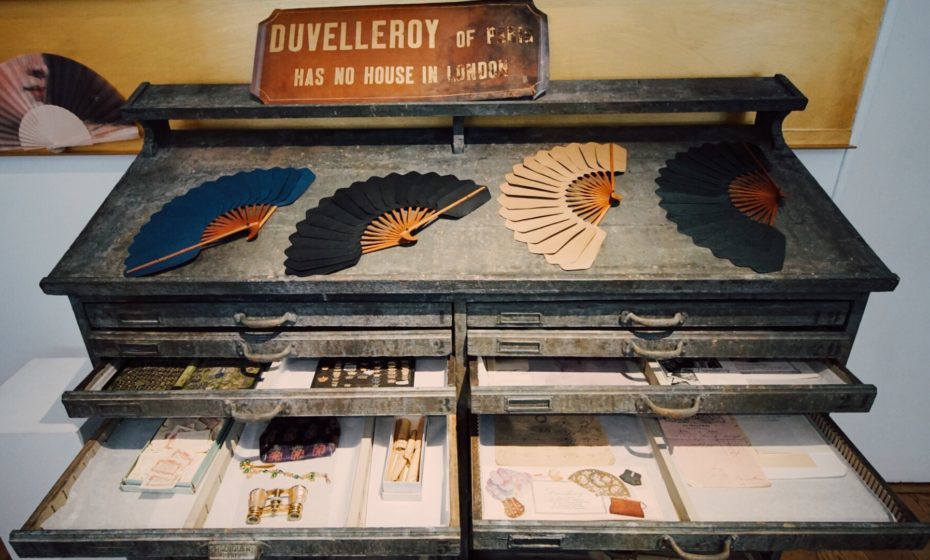
There was once a secret language used by women for centuries to communicate unspoken sentiments across the room. It was the code of duchesses and ladies-in-waiting; women who made bi-weekly trips to the opera armed with an exquisite accessory that with a simple flick of her wrist, could declare her true feelings for a gentleman sat across the audience– all the while shielding the entire exchange from the husband seated beside her. On a narrow backstreet in the 7th arrondissement of Paris, in the shadows of the Eiffel Tower, one house is keeping that romance alive…
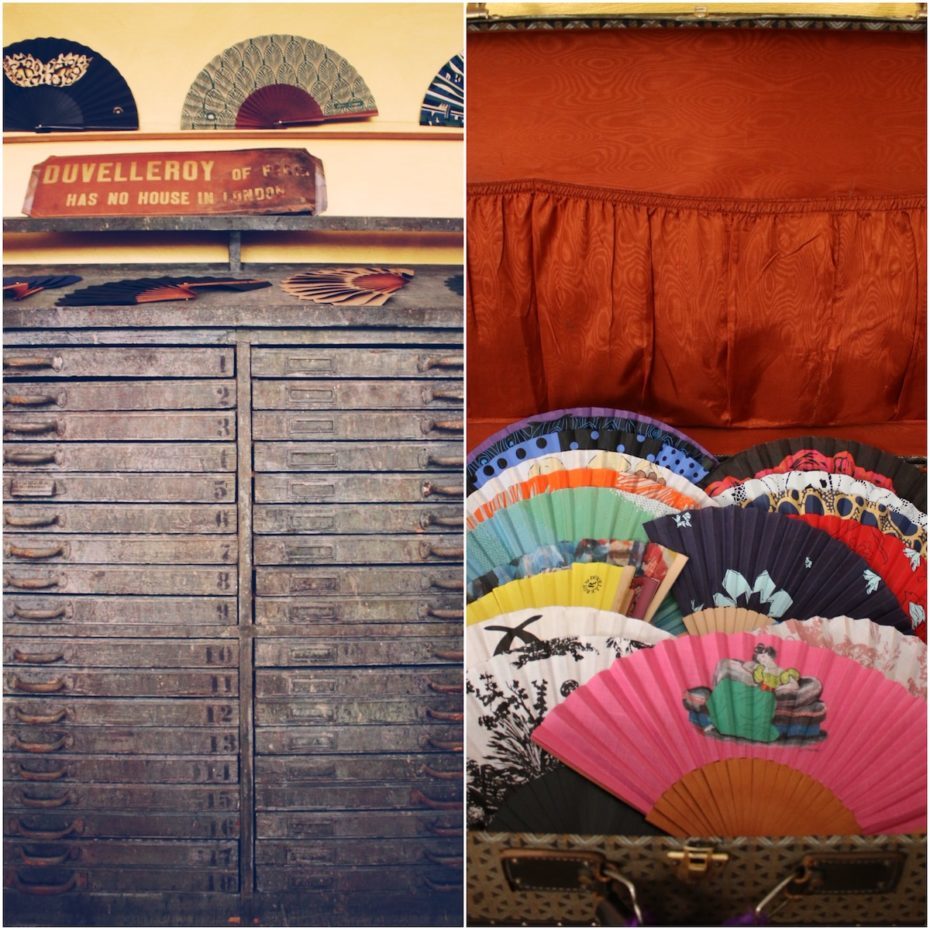
Welcome to Maison Duvelleroy, the last great house of French fan making still in existence after 190 years, today inspiring a style revival for handheld art. This is the very same house that crafted fans for Queen Victoria and the Empress of Russia, and one of the dreamiest living archives on our list. Expect boxes, drawers, and shelves overflowing with 19th century designs and treasures. Take our word for it.
Learn more about planning your visit on MaisonDuvelleroy.com.
Inside the Real Noah’s Ark buried on an Arctic Island
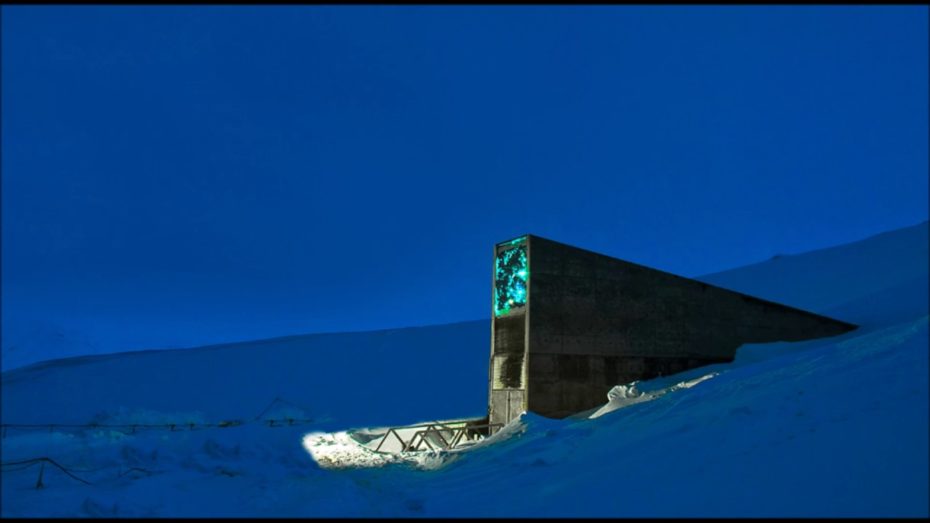
In the event of Armageddon, I think I know where I’ll be headed now. Buried 390 feet deep inside a sandstone mountain on an island between Norway and the North Pole, the Svalbard Global Seed Vault, also known as the doomsday vault, is home to the millions of seeds that could save a post-apocalyptic world. These are the “spare” copies; the back-ups to the back-ups of crop seeds held in the world’s gene banks, sent in by rival nations across the globe. Even North Korea participated and keeps a deposit box there. It is designed to survive the depredations of man, natural disaster, and time. Oh, and the vault also has more than 20,000 marijuana seeds, ensuring weed will indeed survive the apocalypse.
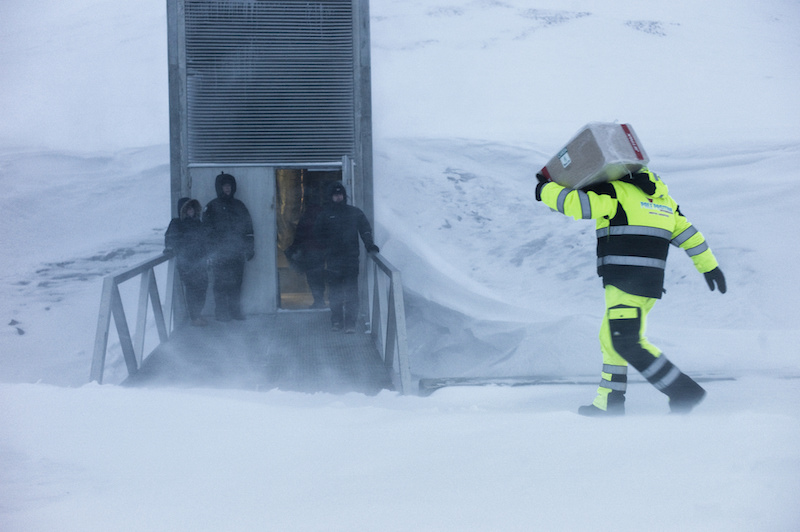
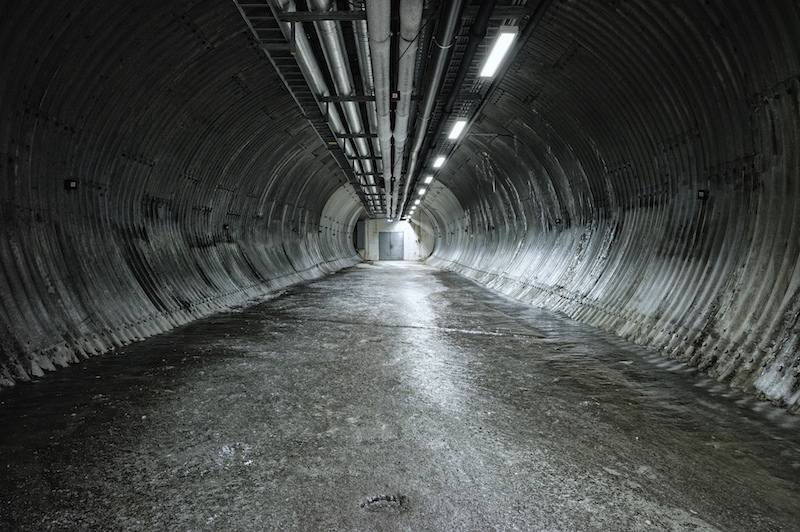
The government of Norway owns the facility, having undertaken most of the construction and operational costs (although investors include the Bill Gates and Rockefeller foundations), but all countries are welcome to store their seeds in the vault for free. It works pretty much in the same way as keeping a safety deposit box in a bank.
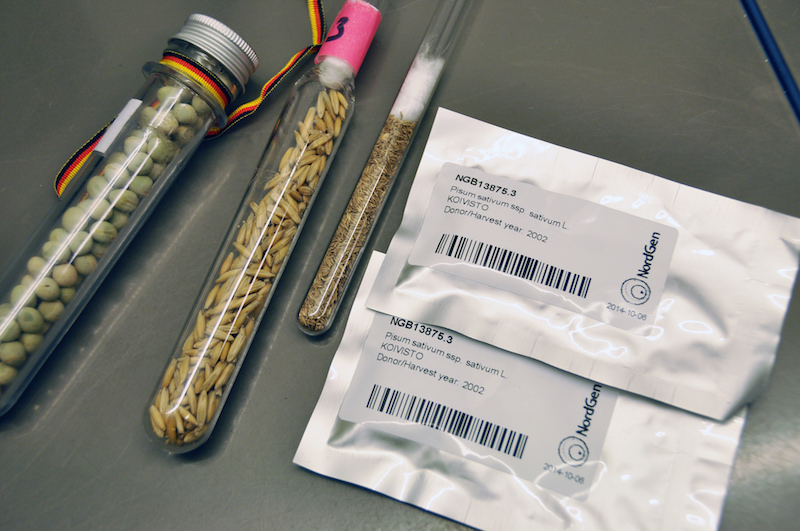
Learn more in our full article on the Vault.


